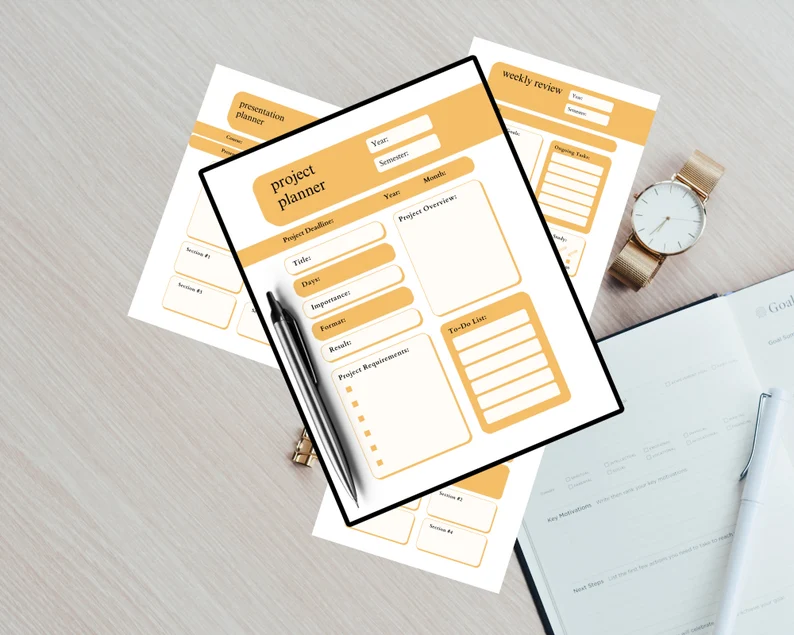
Navigating the World of Printable Design Software: A Comprehensive Review
by urdigitalplanet in Printable Design Software Reviews on December 20, 2023Introduction
In the dynamic realm of digital design, printable design software stands as a cornerstone for creatives, entrepreneurs, and hobbyists alike. The right software can transform your ideas into stunning visual realities, ready to be printed and shared. This blog post aims to guide you through the top printable design software available, providing insights to help you choose the software that best suits your needs.
The Importance of Choosing the Right Software
Choosing the right printable design software is crucial. It should align with your skill level, project needs, and budget. Whether you’re designing business cards, flyers, or personal projects, the software you choose can significantly impact the ease of your design process and the quality of your final print.
Top Printable Design Software Reviews
- Adobe Creative Cloud (Photoshop, Illustrator, InDesign)
- Pros: Industry-standard tools, extensive features, excellent for both vector and raster designs.
- Cons: Subscription-based, steep learning curve.
- Best For: Professional designers and businesses.
- Canva
- Pros: User-friendly, great for beginners, web-based with a free version.
- Cons: Limited advanced features compared to Adobe.
- Best For: Beginners, small business owners, and social media marketers.
- CorelDRAW
- Pros: Powerful vector graphic capabilities, one-time purchase.
- Cons: Less popular than Adobe, can be complex for beginners.
- Best For: Intermediate to advanced users, vector art enthusiasts.
- GIMP (GNU Image Manipulation Program)
- Pros: Free, open-source, good for basic to intermediate photo editing.
- Cons: Less intuitive interface, fewer features than Adobe.
- Best For: Hobbyists, small businesses on a budget.
- Affinity Designer
- Pros: Affordable, no subscription, comparable to Illustrator and Photoshop.
- Cons: Smaller user community, fewer tutorials.
- Best For: Intermediate users looking for a cost-effective Adobe alternative.
Factors to Consider When Choosing Software
- Ease of Use: Consider your skill level and how much time you’re willing to invest in learning the software.
- Features: Identify the features most important for your work, such as vector editing, typography tools, or photo manipulation.
- Compatibility: Ensure the software is compatible with your hardware and other tools you use.
- Price: Consider your budget. Free or one-time purchase options may be more suitable for some users.
Tips for Getting Started
- Utilize Free Trials: Most paid software offers free trials. Use them to explore features before committing.
- Watch Tutorials: Leverage YouTube and online courses to learn new software.
- Join Online Communities: Forums and social media groups can provide support and inspiration.
Conclusion
The world of printable design software is diverse, offering tools for every type of user. Whether you’re a seasoned professional or just starting, there’s software out there that can meet your needs. Consider your project requirements, skill level, and budget, and don’t hesitate to experiment with different options to find your perfect match.

